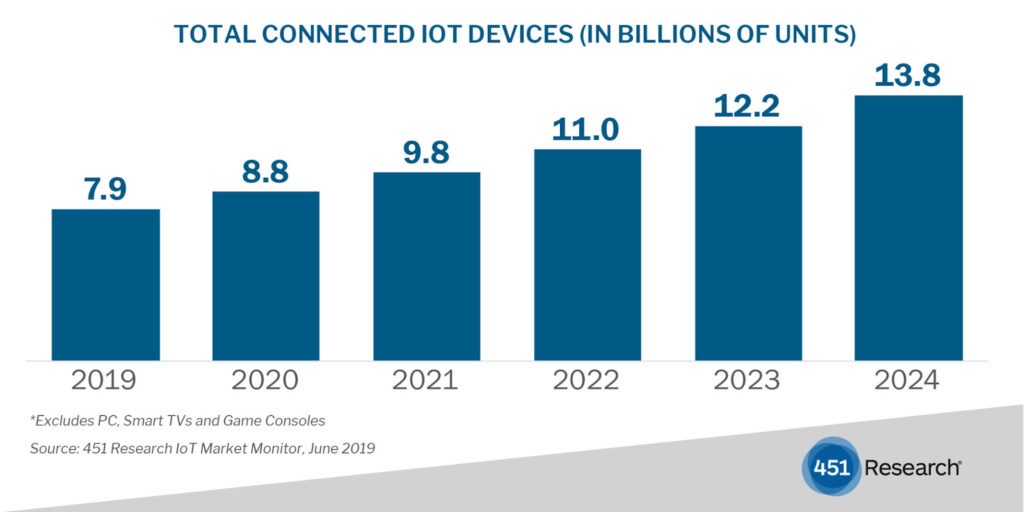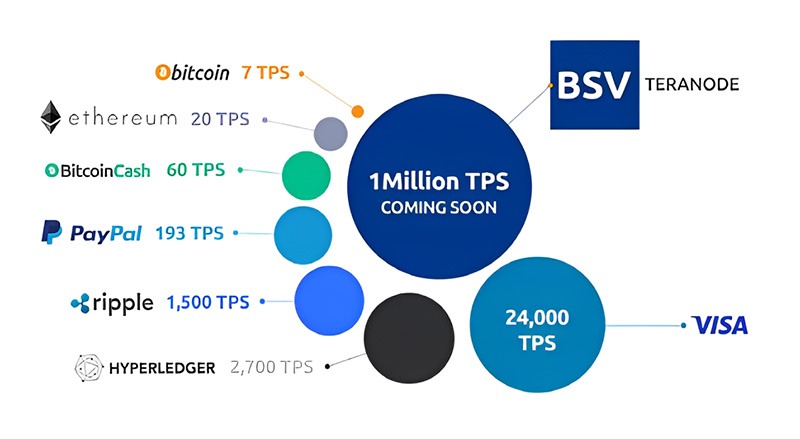The opportunities around IoT and big data are huge. Looking at IoT alone, there are currently more than nine billion connected devices, which is estimated to grow to about 14 billion by 2024. Over this time, we can expect revenue to grow from about 200 billion dollars today to around 500 billion dollars.
The BSV blockchain’s public ledger, combined with its support of micro transactions, tokens and smart contracts, stands to revolutionise IoT applications and how data is collected, valued, shared and utilised.

The use cases in this section showcase some of the collaborative solutions that could become the foundations for solving many of the IoT-related issues that currently plague the industry, society and the environment.
Elas Digital has designed control systems management on BSV as an end-to-end IoT solution that can be applied for a broad range of industrial use cases. Their partnership with cow tracking system m00vement illustrates how tokens can be used to link value to the data pertaining to a real-world asset for the establishment of food provenance.
MetaStreme is actively working to bring real-world solutions onto their platform. Their integration is an important step in opening the floodgates of adoption from the many IoT applications already operating within this open, IBM-engineered flow-based programming framework.
Predict Ecology is focussing on solutions for carbon abatement and mine rehabilitation, as well as the ecological well-being of the world as a whole. Types of projects include:
- Environmental surveys of roads, power lines and pipelines
- Botanical surveys
- Mine closure planning
- Tropical ecosystem restoration
- Water quality monitoring
- Environmental modelling
Why the BSV blockchain best meets IoT and big data requirements
Scale is important for IoT and big data applications – not to mention the ‘extreme data’ the Fourth Industrial Revolution will depend on.
The BSV blockchain is built with unbounded scale in mind. As record-breaking tests have demonstrated, BSV can indeed support the throughput required for IoT, big data and enterprise use cases.
On the BSV mainnet, 5,000 transactions per second (TPS) has been demonstrated.
In 2024, the BSV Blockchain R&D team announced groundbreaking features for their upcoming architecture upgrade, Teranode that will significantly boost network efficiency and speed, pushing BSV’s capabilities from 5,000 transactions to 1 million transactions per second.
Teranode solves vertical scaling challenges on the BSV network by serving high-volume transaction nodes for enterprise and government use. Whether contracting with nodes or running their own, these clients drive the Teranode initiative.
Protocol custodian BSV Blockchain revealed a more service-oriented approach to the network’s work. The new features include ‘modularized’ functions such as transaction and block validation, plus block assembly into services that run only when required.
Teranode is soon to begin extended and sustained testing on a Proof of Concept implementation this month, with a full node release later in 2024. This is a significant upgrade for the BSV node software, and it is a ground-up rewrite of the BSV Blockchain architecture, designed to scale horizontally and provide new microservices for developers, applications, and users.

Machines never sleep, and neither does the BSV blockchain, making it the perfect foundation for the machine-to-machine economy. But it needs to scale to support the throughput and economic conditions for the applications to thrive. That’s why businesses like MetaStreme are building their tools on the BSV blockchain – the only public ledger protocol that is up to the task.
BSV’s roadmap focuses on making improvements to scaling and the functionality of the network, illustrating the project’s commitment to unleashing the potential of the protocol and its support for use cases way beyond payments.
Thanks to BSV’s focus on being an enterprise-friendly blockchain, organisations that generate large transaction volumes can directly negotiate with miners to reduce fees.